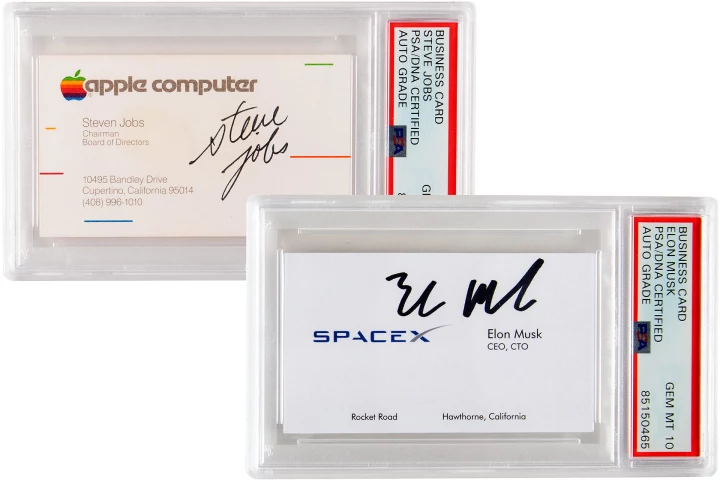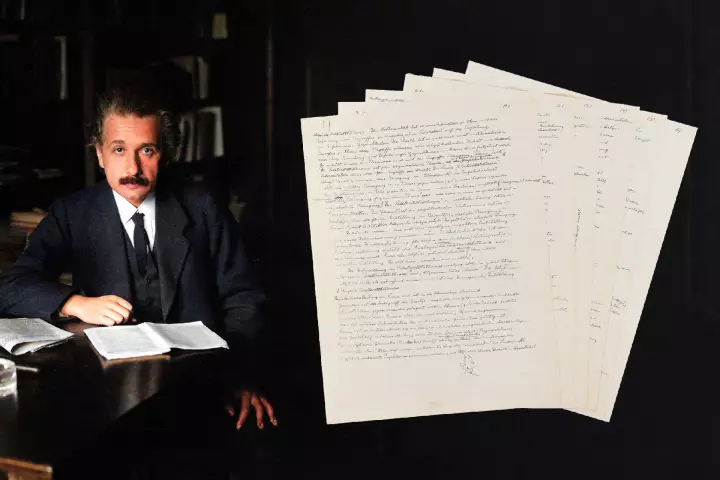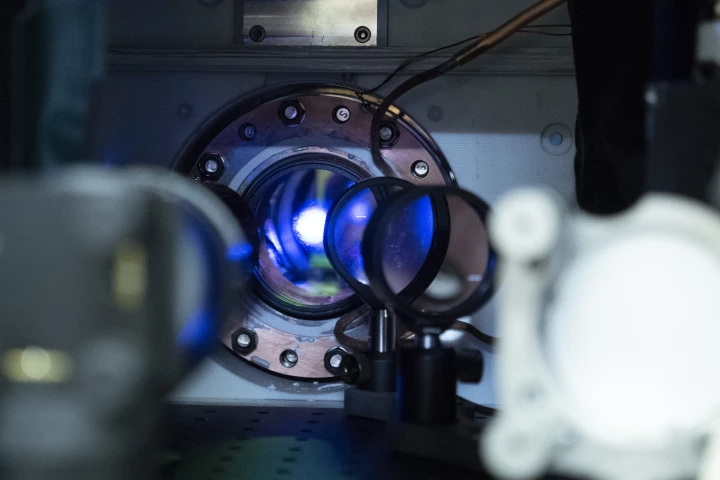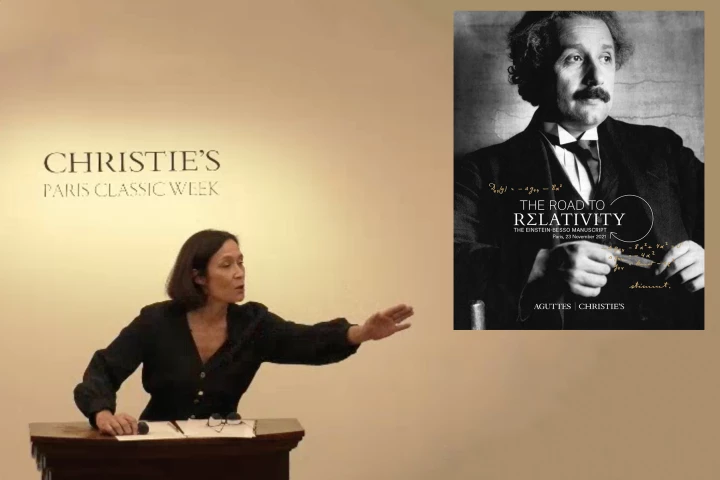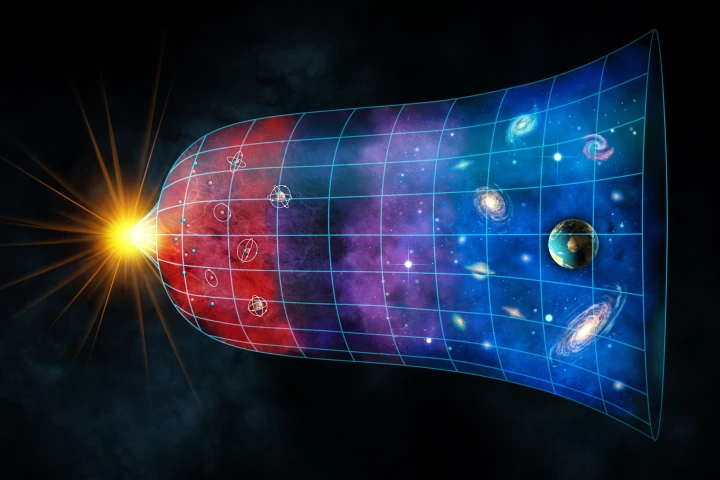Albert Einstein
-
Thanks to Albert Einstein, the US Government wants to establish an official time zone for the Moon. It has less to do with jet lag and more to do with how gravity affects time and can throw a lot of very precise technologies seriously off track.
-
The booming alternative assets market space added yet another heavyweight genre this week as the world record for a business card was smashed twice today by both Steve Jobs and Elon Musk, and the auction still has four days to run.
-
A unified Theory Of Everything is the holy grail of physics, but gravity refuses to play ball. A newly proposed theory attempts to unify Einstein’s theory of gravity with quantum mechanics – and importantly, outlines a way to test it experimentally.
-
Scientists have manipulated light as though it was being influenced by gravity. By carefully distorting a photonic crystal, the team was able to invoke “pseudogravity” to bend a beam of light, which could have useful applications in optics systems.
-
We believe a book going to auction this week is a rare opportunity for collectors who appreciate significant scientific achievement. The hardcover copy of "Atomic Energy in the Coming Era" (1949) is signed by a "who's who" of 20th Century physics.
-
A six-page autograph manuscript by Albert Einstein entitled "The Essence of the Theory of Relativity" is being auctioned tonight, and scientific voyeurs can watch all the fun as the heavy-hitters come out to play, as the sale will be live online.
-
Wormholes are a sci-fi staple, and and it's possible that they exist in the real universe. But how would they work? Physicists have now used a quantum processor to simulate a traversable wormhole, teleporting information between two quantum systems.
-
The flow of time isn’t as consistent as we might think – gravity slows it down, so clocks on Earth tick slower than those in space. Now researchers have measured time passing at different speeds across just one millimeter, the smallest distance yet.
-
This is the second part of our overview of the 2021 auction year – a year where investors channeled more of their wealth into “investments of passion” than ever before. It covers the 150 science, sci-fi and technology artifacts that sold for more than $100,000
-
A 54-page document handwritten in 1913-1914 by Albert Einstein and Swiss engineer Michele Besso, sold earlier today for €11.6 million. It’s the most paid in nearly eight decades for an autograph document by history’s most celebrated scientist.
-
Why is the expansion of the universe accelerating? The leading hypothesis is a repellent force that astrophysicists refer to as “dark energy." But how does it work? What does it mean for our future? And how sure are we that it even exists?
-
Albert Einstein is the world’s most recognizable and universally loved scientist. So when a handwritten letter appeared at auction in which Einstein wrote his most famous equation in his own hand, it was logical that it should sell for a grand amount.
Load More

